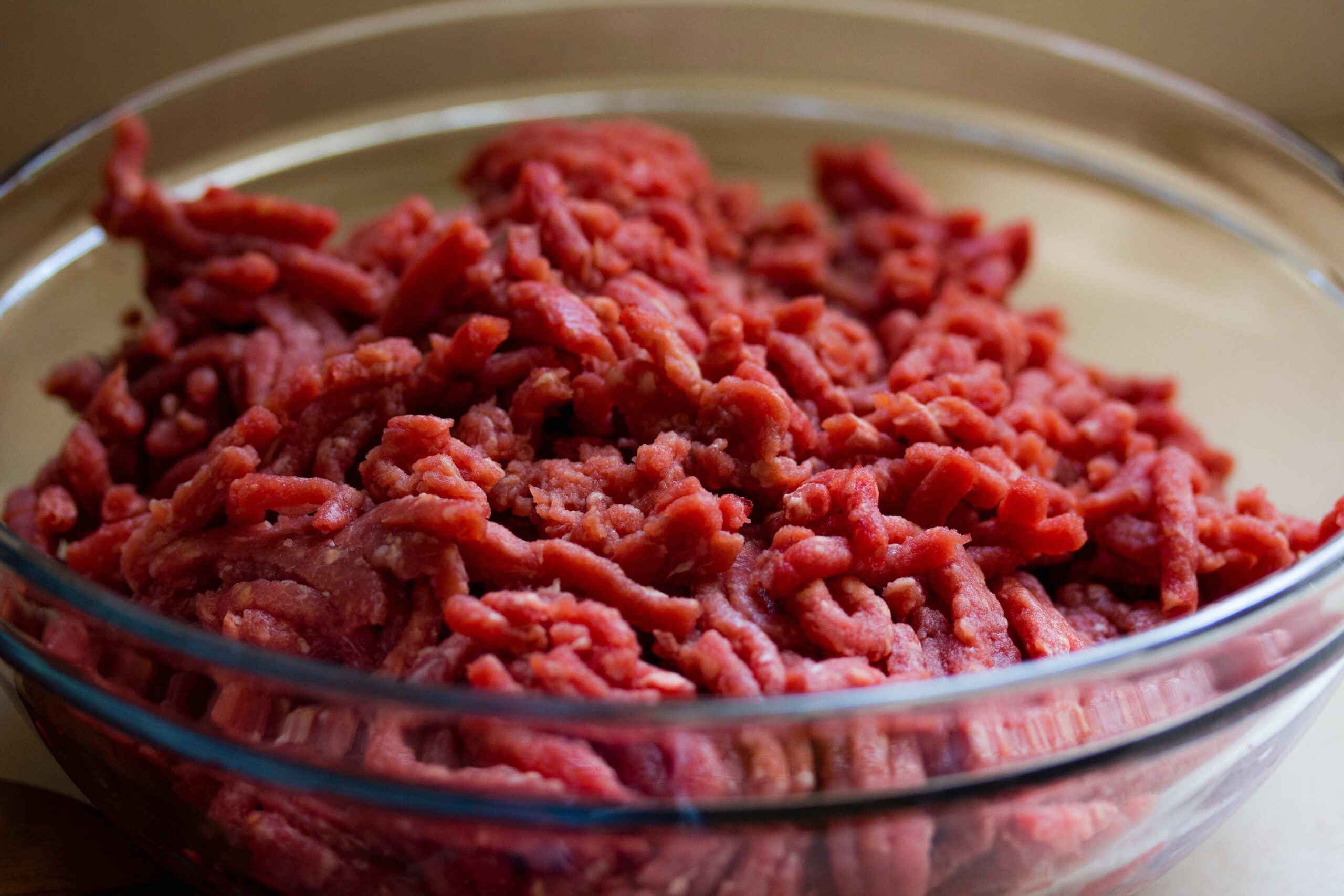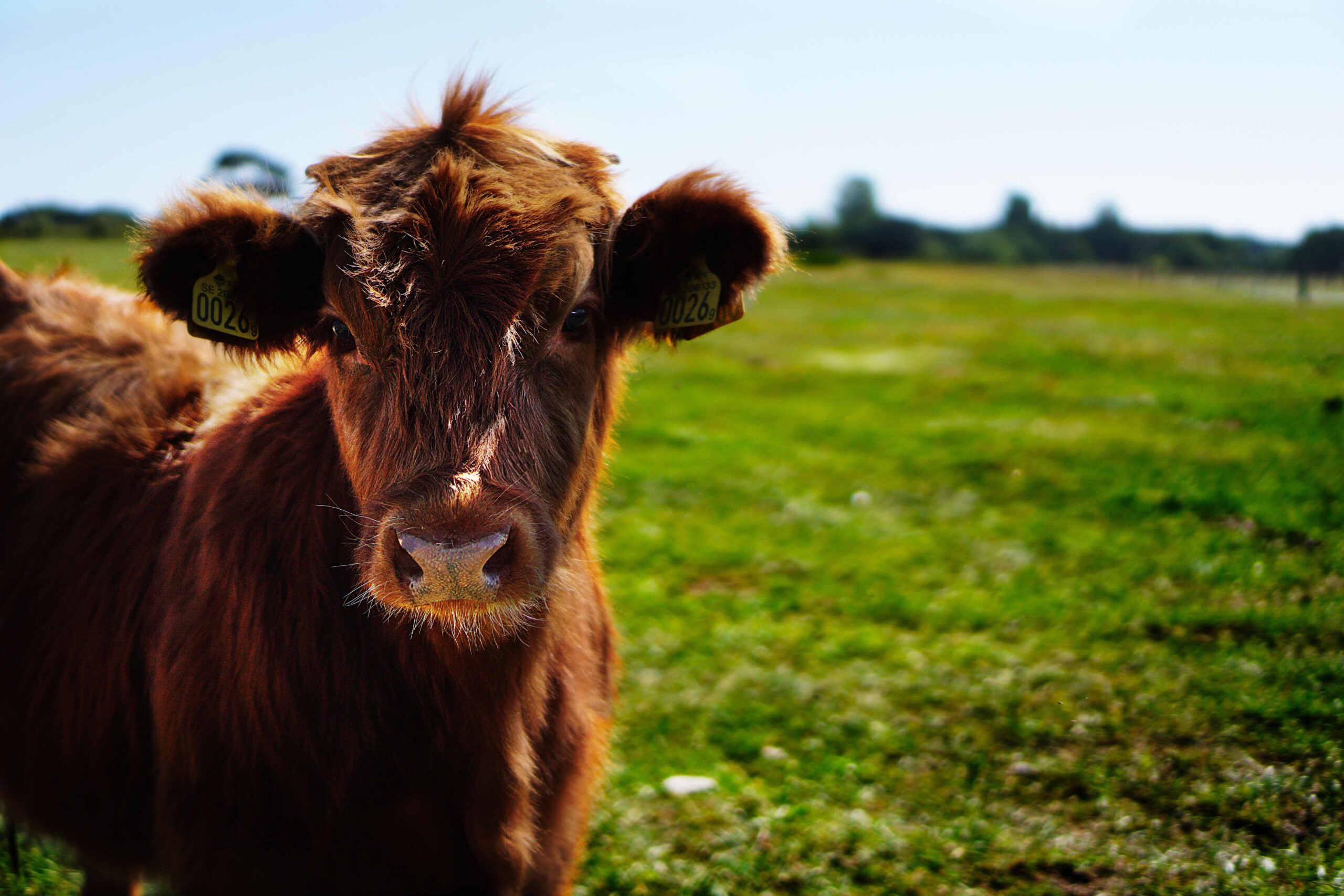At conferences, field days, and producer meetings throughout the Spring and Summer, many producers have often asked, “When will this market bust, and start a downward trend?” Answering this one question isn’t simple. There are various factors that impact the prices across the beef supply chain. One indicator of future price trends throughout the beef supply chain is the Boxed Beef Cutout Value. The boxed beef cutout represents the estimated gross value of a beef carcass based on prices paid for individual beef items (primal cuts) derived from a beef carcass. Essentially, as consumers pay for beef items derived primal cuts (i.e. steaks from the rib primal) in conjunction with expected seasonal demand, retailers, and food service entities purchase primals or boxes of specific cuts that translate into the price and value seen in the boxed beef value.
Figure 1 displays the weekly Choice boxed beef cutout value. The red line denotes the 5-year average from 2017-2021, the dotted blue line is last year’s (2022) weekly values, and the orange dashed line this year’s weekly values up through 8/25/2023. Through 2023, the cutout value has been above last year and the 5-year average. The low of $265.82/cwt was in early February. Since then, the weekly value trended up and peaked at $339.93/cwt in mid-June. Through the rest of the summer, the cutout decreased in value from the peak but has remained between $300-$320/cwt. The 5-year trend and 2022 cutout values remained relatively steady during the remaining months of the calendar year. If 2023 follows trend, then the value is expected to remain above the previous year and the 5-year average.
Other factors impact this value, such as fed cattle supply, which are currently tight given the most recent cattle on feed report. The amount of beef grading Prime, Choice, and Select affects relative supplies of each grade even though total beef supplies are tighter. Given that the national herd is still currently in liquidation mode, fed cattle supply is going to get even tighter over the next couple of years. When looking at the boxed beef value, there are few market signals indicating that it will be decreasing anytime soon, so when answering the question at the beginning of this article, my answer is, “not any time soon”.
Figure 1. Weekly Boxed Beef Cutout Value

Martinez, Charley. “A Check-in on Boxed Beef Cutout Value.” Southern Ag Today 3(36.2). September 5, 2023. Permalink











